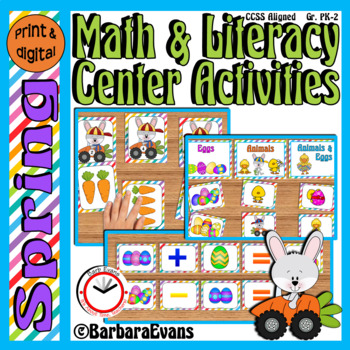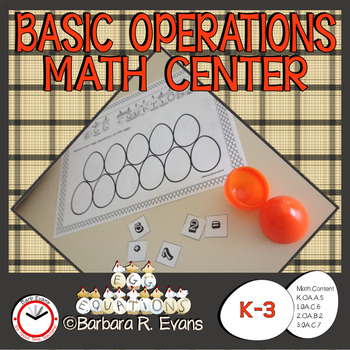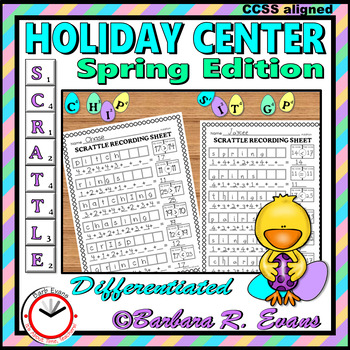To be effective problem solvers, children must be able to think fluently and flexibly about numbers. This requires frequent and enduring practice as a well-developed sense of numbers grows over time. Young learners will usually "make friends with numbers"* by interacting with manipulatives. The physical experience of making sub-groups from groups of objects and, conversely, combining small groups to make larger groups, is nearly universal in developing counting concepts.
Once children have developed a sense of what numbers mean, they can begin to see connections. This, in turn, promotes mental math and estimations. These abilities enable children to operate with more complex mathematical concepts. Students who do not develop a good number sense will struggle with simple arithmetic. More complex math will be even more problematic.
In order to promote number sense, teachers must provide frequent and on-going practice. One of the activities my students enjoy the most is "Wednesday's Wanted Numbers Posters."
In completing WANTED NUMBERS posters, the students demonstrate their progress in acquiring number sense. This open-ended activity requires them to
express numbers in a variety of ways: meaning, relationships, magnitude,
operations, quantities, …
I use 3 versions of WANTED NUMBERS posters. The first poster, intended for
early learners of a concept, provides a drawing space for students to depict a variety of
visual representations for the number. This poster also provides a list section for descriptive phrases.
The second poster, appropriate for advancing students, calls for descriptive phrases and
equations. The third poster has additional space for longer lists; hence it ups the ante.
Expectations for the representations of the WANTED NUMBER will naturally evolve as your class advances through the curricula. Primary grades may begin with single digit numbers; adding digits as their understanding grows. Upper elementary classes may start with multiple digit whole numbers, then progress to fractions, mixed numerals, decimals, negative integers, irrational numbers, etc.
Expectations for the representations of the WANTED NUMBER will naturally evolve as your class advances through the curricula. Primary grades may begin with single digit numbers; adding digits as their understanding grows. Upper elementary classes may start with multiple digit whole numbers, then progress to fractions, mixed numerals, decimals, negative integers, irrational numbers, etc.
 WANTED NUMBER Posters can be used in myriad ways. Students can select their own number, the teacher can give parameters for the selection (e.g. a 3 digit number), or the teacher can assign a specific number. They work well in math centers, math journals, and/or as an anchor activity. WANTED NUMBER Posters provide instant differentiation within a class and can be effective in every elementary grade level.
WANTED NUMBER Posters can be used in myriad ways. Students can select their own number, the teacher can give parameters for the selection (e.g. a 3 digit number), or the teacher can assign a specific number. They work well in math centers, math journals, and/or as an anchor activity. WANTED NUMBER Posters provide instant differentiation within a class and can be effective in every elementary grade level. *Carlyle, Ann, and Brenda Mercado. Teaching Preschool and Kindergarten Math: More than 175 Ideas, Lessons, and Videos for Building Foundations in Math, a Multimedia Professional Learning Resource.Sausalito, CA: Math Solutions, 2012.
Other Wild West products you may like:






















































